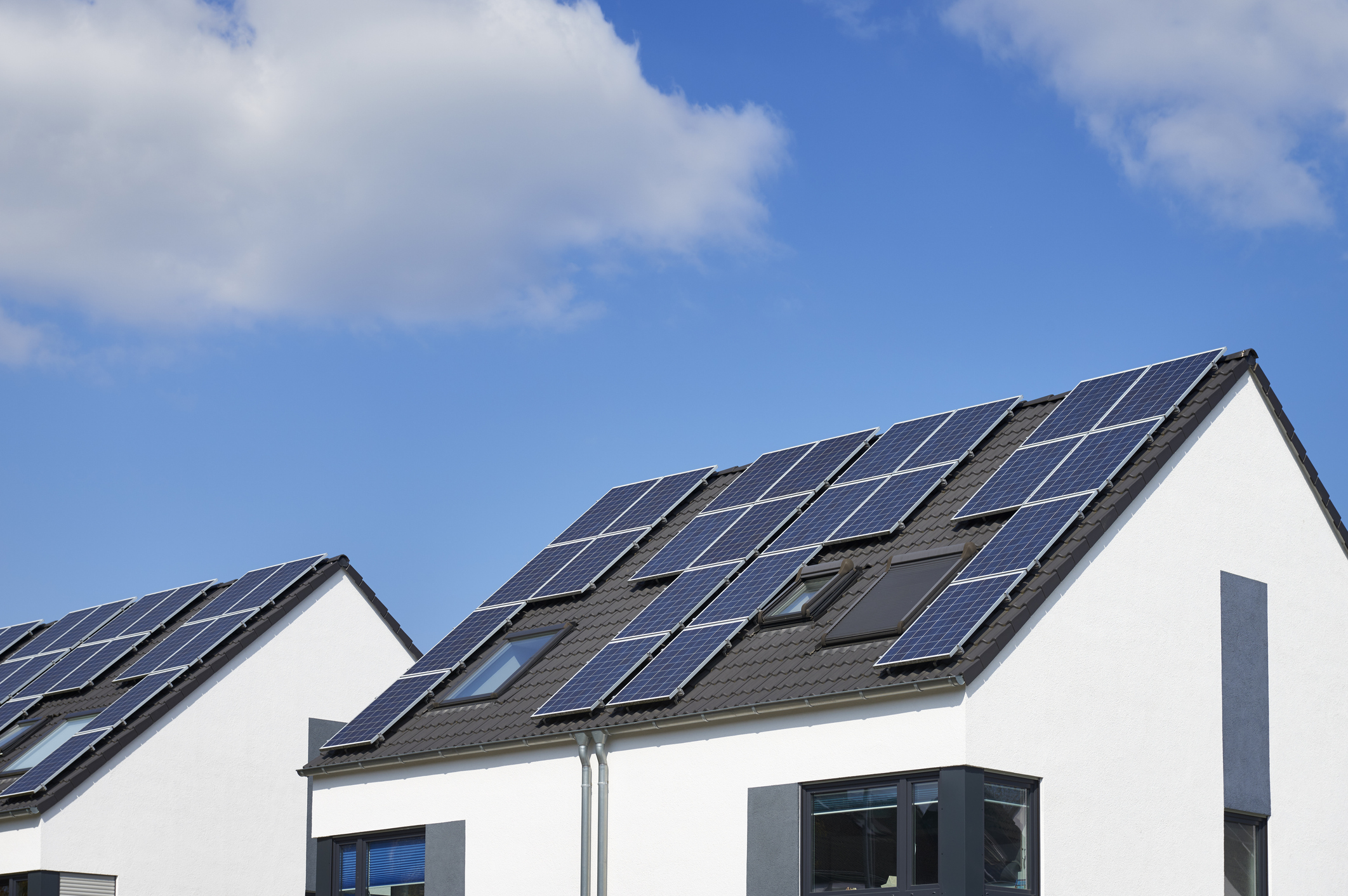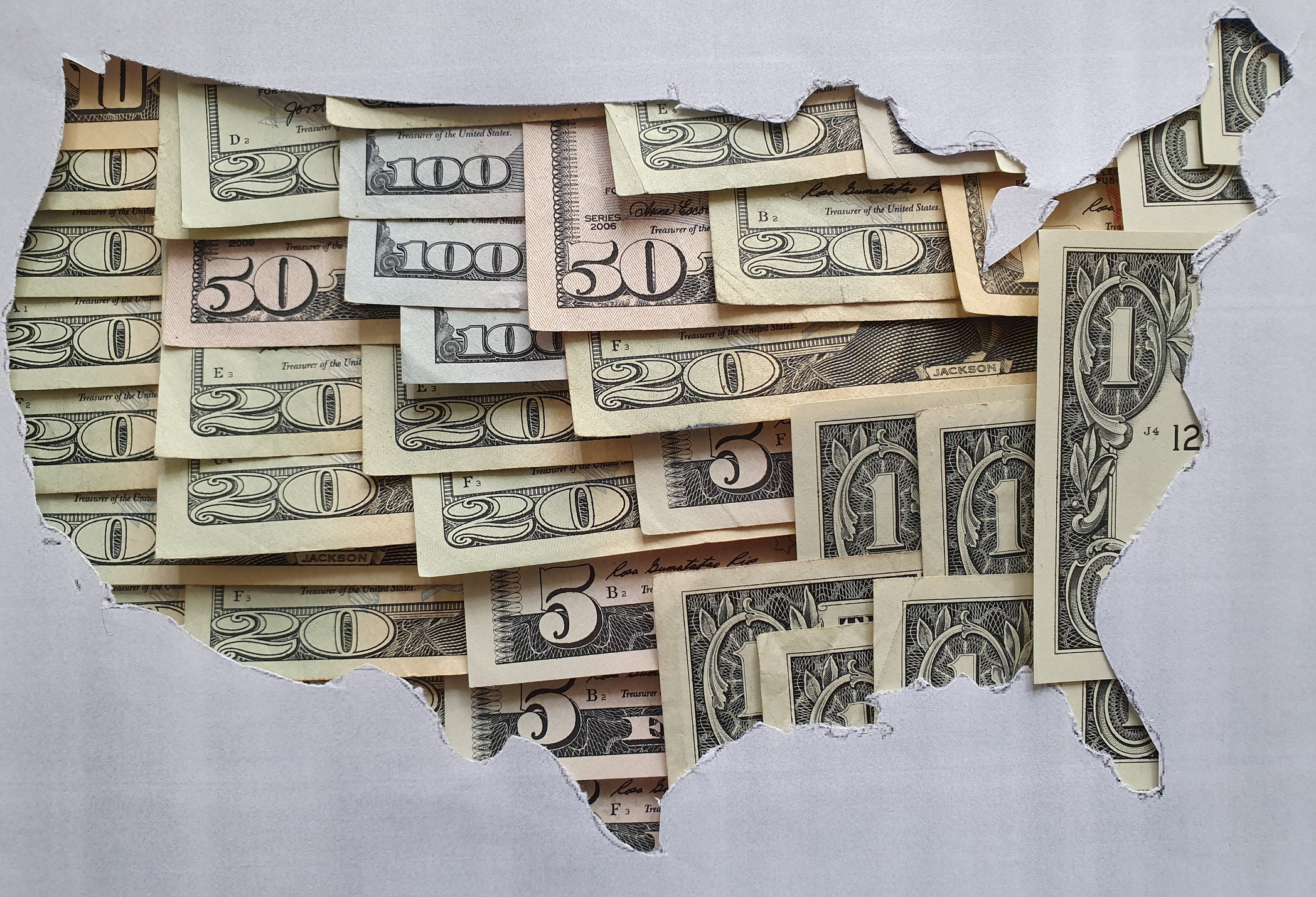Save More with Tax Credits for Energy-Efficient Home Improvements While You Still Can
Energy-efficient tax credits for home improvements were extended and expanded under the Inflation Reduction Act. But that could change under the Trump administration.


Kate Schubel
If you are planning a few home improvements that will boost the energy efficiency of your house, you may save some money on your projects under the Inflation Reduction Act (IRA). Enacted during the Biden administration, the IRA is designed to help businesses adopt more eco-friendly measures and jump-start clean energy production. Plus, there are incentives for individuals to "go green" and save some money as well.
For example, homeowners can cut their tax bills by installing new energy-efficient windows, doors, water heaters, furnaces, air conditioners, etc. There is also an electric vehicle tax credit and a tax break for home EV charging equipment.
However, the future of the IRA and "green energy" initiatives is uncertain.

Sign up for Kiplinger’s Free E-Newsletters
Profit and prosper with the best of expert advice on investing, taxes, retirement, personal finance and more - straight to your e-mail.
Profit and prosper with the best of expert advice - straight to your e-mail.
President Trump recently signed an executive order to roll back electric vehicle initiatives. While the order doesn't directly affect tax breaks (that requires legislation), some Republican lawmakers have proposed a bill to eliminate the EV tax credit.
That has created speculation whether other clean energy initiatives may be eliminated. (As Kiplinger reported, some homeowners have rushed to install solar panels, while others wonder whether the EV tax credit is going away. )
For now, none of the above tax breaks are gone yet. But if you're eligible, you might want to take advantage of the list below while you still can.
Energy efficient home improvement credit
You may claim up to $3,200 in savings annually under the Energy Efficient Home Improvement Credit. Here are a few fast facts about this tax break:
- The credit is equal to 30% of the costs for all eligible home improvements made during the year.
- The cost of certain biomass stoves and boilers, electric panels and related equipment, and home energy audits may be covered.
- Roofing and air-circulating fans are not allowed as qualifying items.
- Qualifying home improvements must meet certain updated energy efficiency standards to take advantage of this tax credit.
Additionally, annual limits for specific types of qualifying improvements must be met. If you spread out your qualifying home projects, you may be able to claim the maximum credit each year. Listed below are dollar amounts for a few of the categories:
- $150 for home energy audits.
- $250 for an exterior door ($500 total for all exterior doors).
- $600 for exterior windows and skylights; central air conditioners; electric panels and certain related equipment; natural gas, propane, or oil water heaters; natural gas, propane, or oil furnaces or hot water boilers.
- $2,000 for electric or natural gas heat pump water heaters, electric or natural gas heat pumps, and biomass stoves and boilers (for this one category, the $1,200 annual limit may be exceeded).
But a word of warning: For eligible home improvements beginning in 2025, no credit will be allowed unless the manufacturer of any purchased item creates a product identification number for the item, and the person claiming the credit includes the number on their tax return.
For now, the revised credit is extended through 2032.
Residential clean energy credit
The second credit homeowners are eyeing is the Residential Clean Energy Credit under the IRA. The credit, which was scheduled to expire last year, is extended through 2034.
The IRA effectively boosted the tax break's amount. Previously, the credit was worth 26% of the cost to install qualifying systems that use solar, wind, geothermal, biomass or fuel cell power to produce electricity, heat water or regulate the temperature in your home. (The credit for fuel cell equipment is limited to $500 for each one-half kilowatt of capacity.)
If this portion of the IRA remains, the credit amount will jump to 30% by 2032. It will then fall to 26% for 2033 and 22% for 2034. The credit will then expire after 2034.
The IRA also affected the scope of the credit. It no longer applies to biomass furnaces and water heaters, but does apply to battery storage technology with a capacity of at least three-kilowatt hours.
Alternative fuel refueling property credit
The EV tax credit may be one of the more popular individual tax breaks in the IRA. However, a related tax credit that may interest certain homeowners is the Alternative Fuel Refueling Property Credit (also known as the EV charger tax credit).
For homeowners, the credit is worth 30% of the costs of "qualified alternative fuel vehicle refueling property" installed in the home, up to $1,000. (This includes equipment used to recharge an electric vehicle).
The credit also applies to the purchase of "bidirectional" charging equipment, which can charge the battery of an electric vehicle and allow you to discharge electricity from the battery back out to the electric grid.
This tax break is currently in place through 2032.
Note: The credit also applies to equipment used to store or dispense an alternative fuel (other than electricity) for motor vehicles.
High-efficiency electric home rebates
Although not a tax credit, the High-Efficiency Electric Home Rebate Program was also designed to help American families "go green" under the IRA. The program provides rebates to low- and middle-income families who purchase energy-efficient electric appliances. To qualify for a rebate, your family's total annual income must be less than 150% of the median income where you live.
Qualifying homeowners may get rebates as high as:
- $840 for a stove, cooktop, range, oven, or heat pump clothes dryer;
- $1,750 for a heat pump water heater; and
- $8,000 for a heat pump for space heating or cooling.
Rebates for non-appliance upgrades may be available up to the following amounts:
- $1,600 for insulation, air sealing, and ventilation;
- $2,500 for electric wiring; and
- $4,000 for an electric load service center upgrade.
There are limits on the amount certain families can receive. For instance, a rebate cannot exceed 50% of the cost of a qualified electrification project if the family's annual income is between 80% and 150% of the area's median income. Each qualifying family is limited to no more than $14,000 in total rebates under the program.
Under the Biden administration, $4.5 billion was scheduled to be allocated as rebates through state and tribal governments that establish their own qualifying programs. These funds are to be available through September 30, 2031.
Note: Future policies in President Trump's second term may affect the IRA and how it works. Be sure to stay informed.
Related
Get Kiplinger Today newsletter — free
Profit and prosper with the best of Kiplinger's advice on investing, taxes, retirement, personal finance and much more. Delivered daily. Enter your email in the box and click Sign Me Up.
Rocky Mengle was a Senior Tax Editor for Kiplinger from October 2018 to January 2023 with more than 20 years of experience covering federal and state tax developments. Before coming to Kiplinger, Rocky worked for Wolters Kluwer Tax & Accounting, and Kleinrock Publishing, where he provided breaking news and guidance for CPAs, tax attorneys, and other tax professionals. He has also been quoted as an expert by USA Today, Forbes, U.S. News & World Report, Reuters, Accounting Today, and other media outlets. Rocky holds a law degree from the University of Connecticut and a B.A. in History from Salisbury University.
- Kate SchubelTax Writer
-
 Six Reasons to Disinherit Someone and How to Do It
Six Reasons to Disinherit Someone and How to Do ItWhether you're navigating a second marriage, dealing with an estranged relative or leaving your assets to charity, there are reasons to disinherit someone. Here's how.
By Donna LeValley Published
-
 Should You Still Wait Until 70 to Claim Social Security?
Should You Still Wait Until 70 to Claim Social Security?Delaying Social Security until age 70 will increase your benefits. But with shortages ahead, and talk of cuts, is there a case for claiming sooner?
By Evan T. Beach, CFP®, AWMA® Published
-
 Free IRS Tax Filing for 30 Million People: Will It Continue Under Trump?
Free IRS Tax Filing for 30 Million People: Will It Continue Under Trump?Tax Filing Direct File was piloted last year in 12 states and has since expanded to 25. But some wonder whether the program will last under the Trump administration.
By Gabriella Cruz-Martínez Last updated
-
 Did Florida’s Chance at $1,000 in Property Tax Rebates Vanish?
Did Florida’s Chance at $1,000 in Property Tax Rebates Vanish?State Taxes The Florida Legislature bypassed Gov. Ron DeSantis’ wish to cut property taxes and instead voted to lower the state’s sales tax.
By Gabriella Cruz-Martínez Published
-
 How Caregivers for Adults Can Save on Taxes in 2025
How Caregivers for Adults Can Save on Taxes in 2025Tax Breaks Caring for your parent or spouse can be stressful, but the IRS offers tax breaks for qualifying taxpayers. Here they are.
By Kate Schubel Published
-
 New South Carolina Income Tax Cut Might Eat Your Cash
New South Carolina Income Tax Cut Might Eat Your CashState Taxes South Carolina’s flat income tax bill could have the majority of residents paying higher income taxes. Find out how.
By Kate Schubel Published
-
 U.S. Treasury to Eliminate Paper Checks: What It Means for Tax Refunds, Social Security
U.S. Treasury to Eliminate Paper Checks: What It Means for Tax Refunds, Social SecurityTreasury President Trump signed an executive order forcing the federal government to phase out paper check disbursements by the fall.
By Gabriella Cruz-Martínez Published
-
 IRS Layoffs Spark Delays, Doubt This Tax Season
IRS Layoffs Spark Delays, Doubt This Tax SeasonTax Season Tax experts say Trump’s downsizing of the IRS is already causing problems.
By Gabriella Cruz-Martínez Last updated
-
 States with the Highest Income Tax Rates for Retirees
States with the Highest Income Tax Rates for RetireesState Tax You may reconsider living and retiring in one of these states due to high taxes.
By Kate Schubel Last updated
-
 AI Tax Scams Target Middle and Older Adults: What to Know
AI Tax Scams Target Middle and Older Adults: What to KnowScams Whether you’re a retiree or Gen Z, scammers can gouge big financial losses with the help of artificial intelligence.
By Kate Schubel Published